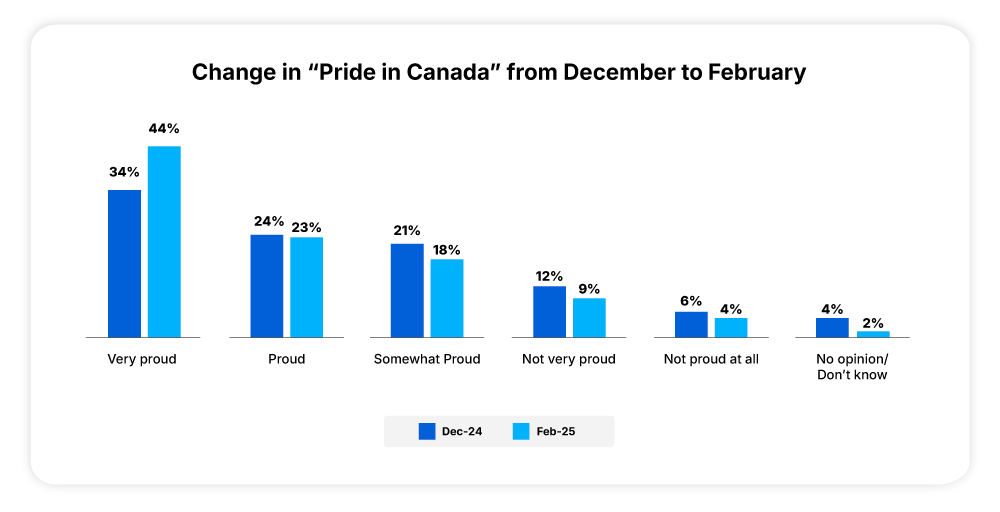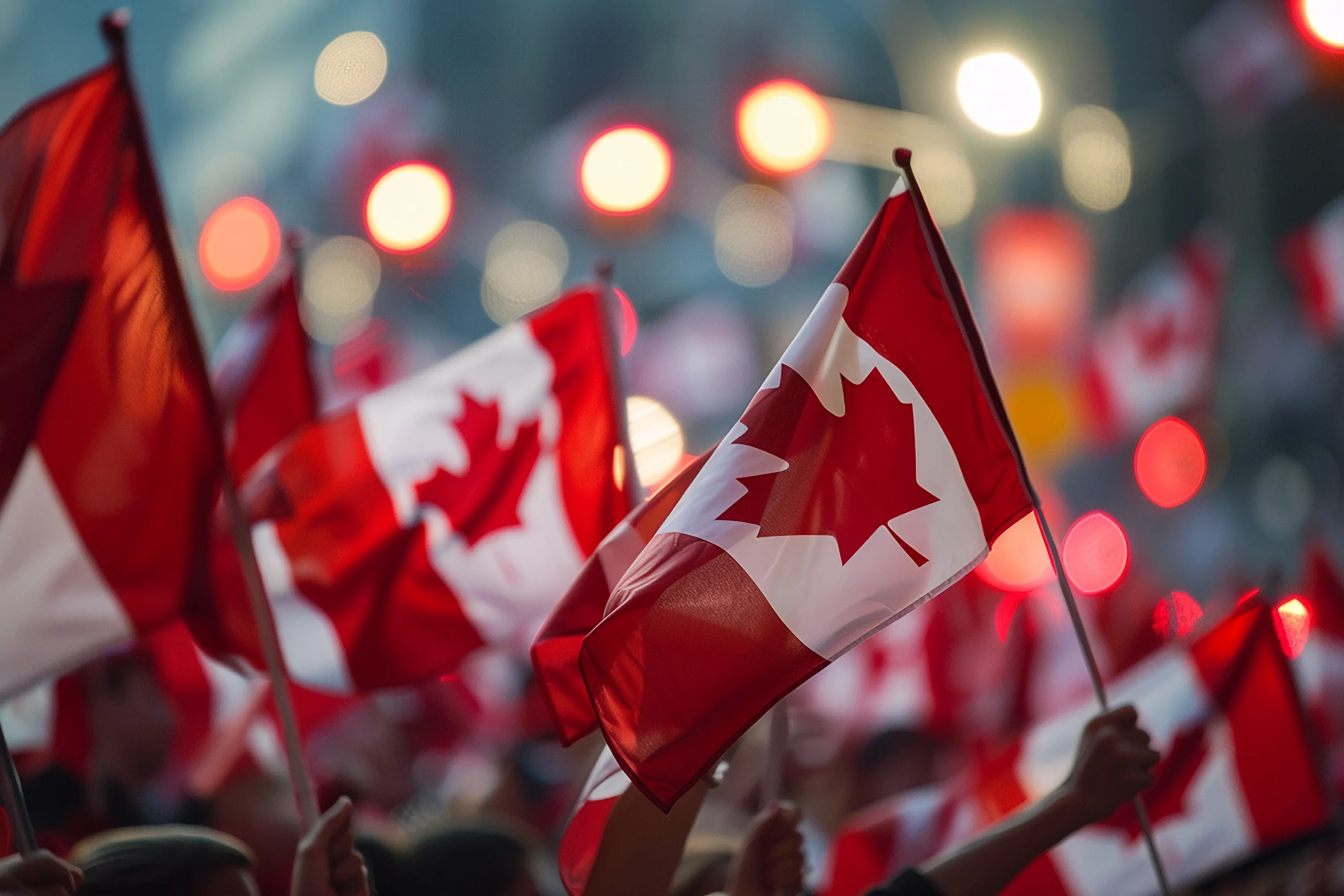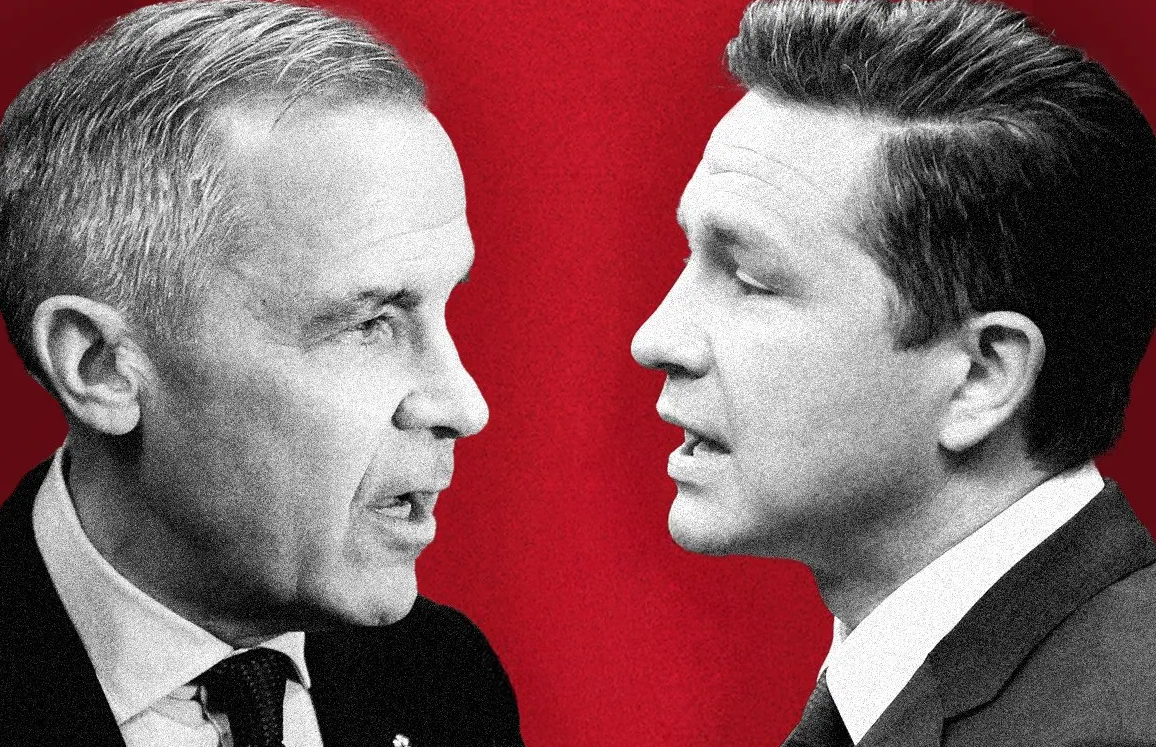National pride is an essential part of any country’s identity, influencing everything from politics and culture to international relations. But what exactly does it mean to be proud of one’s country? And more importantly, how do we measure it?
Recent data from the Angus Reid Institute shows that Canadian pride is at its highest level in years, with a strong majority expressing positive feelings about their country. But what’s driving this surge? And how do researchers determine how patriotic a nation really is?
In this blog, we’ll break down what national pride is, how it’s measured, and why it matters for Canada’s future.
What Does “Canadian Pride” Really Mean?
National pride isn’t just about waving flags or celebrating on Canada Day. It’s a mix of feelings,
beliefs, and identity that shapes how people see their country—what it stands for, where it’s been, and where it’s headed. In Canada, national pride often comes from:
• Shared values – such as multiculturalism, democracy, and equality.
• Cultural identity – including language, arts, and historical achievements.
• Political and economic stability – how confident people feel about the government and economy.
• Global reputation – how Canada is perceived on the world stage.
Pride in Canada has traditionally been strong. Recent global events, trade disputes, and political shifts have amplified that latent sense of pride in this nation and noticeably shaped the way people feel about their country.
How Is Canadian Pride Measured?
Researchers track national pride using surveys and data-driven insights. A recent study from our friends at The Angus Reid Institute asked Canadians directly how they feel about their country, national pride, and national identity.
Here’s what the data tells us:
More than three-quarters (77%) of Canadians say they are proud of their country.
As of February 2025, 44% of Canadians now say they are “very proud” of their country, marking a 10-point increase from December, suggesting a renewed sense of unity and optimism.
Similarly, deep emotional attachment to Canada dropped to 49% in December 2024. Emotional attachment to Canada, which had dipped to 49% in December, also rose—to 59% by February.

Polls like these give researchers a snapshot of public sentiment at different points in time, helping to track long-term trends in national identity.
What’s Driving the Recent Surge in Canadian Pride?
1. Economic and Trade Tensions with the U.S.
One big reason Canadian pride is on the rise? Our rocky economic relationship with the U.S. According to the Angus Reid Institute’s data, trade disputes, tariffs, and political tensions have left many Canadians feeling less positive about our southern neighbor.
91% of Canadians believe the country should reduce its reliance on the U.S. as a trading partner.
Many Canadians see their national identity as distinct from American politics and economic policies.
This has reinforced a sense of Canadian independence, making people more likely to support Canadian-made products and homegrown policies.
2. Canada’s Reputation on the Global Stage
Another big boost to Canada’s national pride? How the rest of the world sees us. Canadians often take pride in their country’s:
Peacekeeping efforts and diplomatic leadership.
Progressive policies on social issues, diversity, and inclusivity.
Strong healthcare system compared to the U.S.
Even with global challenges, Canada continues to rank highly in international surveys on quality of life, political stability, and human rights – all factors that boost national pride.
3. Heightened Awareness and Engagement
The tariff dispute has captured public attention more than many recent events:
56% of Canadians are following the issue “very closely,” the highest level of engagement recorded in a decade.
This heightened awareness has translated into increased national solidarity and pride.
Why Does Measuring National Pride Matter?
Tracking national pride isn’t just about numbers—it has real-world effects on policy, business, and culture. Here’s why it’s important:
1. Impacts Political Decisions – Politicians and policymakers keep a close eye on national sentiment when making decisions on trade agreements, economic policies, and international relations.
2. Influences Consumer Behavior – Higher national pride often leads to more support for local businesses, industries, and homegrown products.
3. Reflects Social and Economic Stability – A country with high national pride tends to be more politically and socially stable, attracting investment and tourism.
By tracking how Canadian pride changes over time, researchers can better understand shifts in public opinion and get a glimpse of where things might be headed next.
Final Thoughts: A Nation Taking Pride in Itself
Right now, Canadian pride is at one of its highest points in years—driven by a mix of trade tensions, global reputation, and a renewed focus on local economic strength.
Canada is still continues to growing and changing, and measuring national pride will help us understand public sentiment, economic trends, and cultural identity. Whether this surge in patriotism sticks around depends on political leadership, economic policies, and how Canada holds its own on the world stage.
Want more insights on how Canadians feel about their country? Check out the latest research from the Angus Reid Institute: Read More.
Recommended
Trade Pressure, Voter Priorities, and the Power of Perception
Takeaways from our April 3 Countdown to Canada Webinar In our most recent Countdown to Canada webinar, we focused on two major themes: the political implications of Trump’s latest trade move—and what it means (and doesn’t mean) for Canada—and the rising importance of...
Trade Pressure, Voter Priorities, and the Power of Perception
Takeaways from our April 3 Countdown to Canada Webinar In our most recent Countdown to Canada webinar, we focused on two major themes: the political implications of Trump’s latest trade move – and what it means (and doesn’t mean) for Canada – and the...
Countdown to Canada: Week 2 Wrap up.
What the “Crisis Election” Reveals About Canada Right Now Last week, I hosted week 2 of our weekly webinar series; Countdown to Canada — a 20-minute live webinar where we unpack what’s really going on in this year’s Canadian federal election. What came out of the...
How trade disputes are changing the way Canadians Shop
Trade disputes between the United States and Canada have never been just about economics —they influence how people see their country, and even their everyday shopping habits. As tariffs and trade tensions flare up, Canada’s pride follows, and Canadians are reading to...









